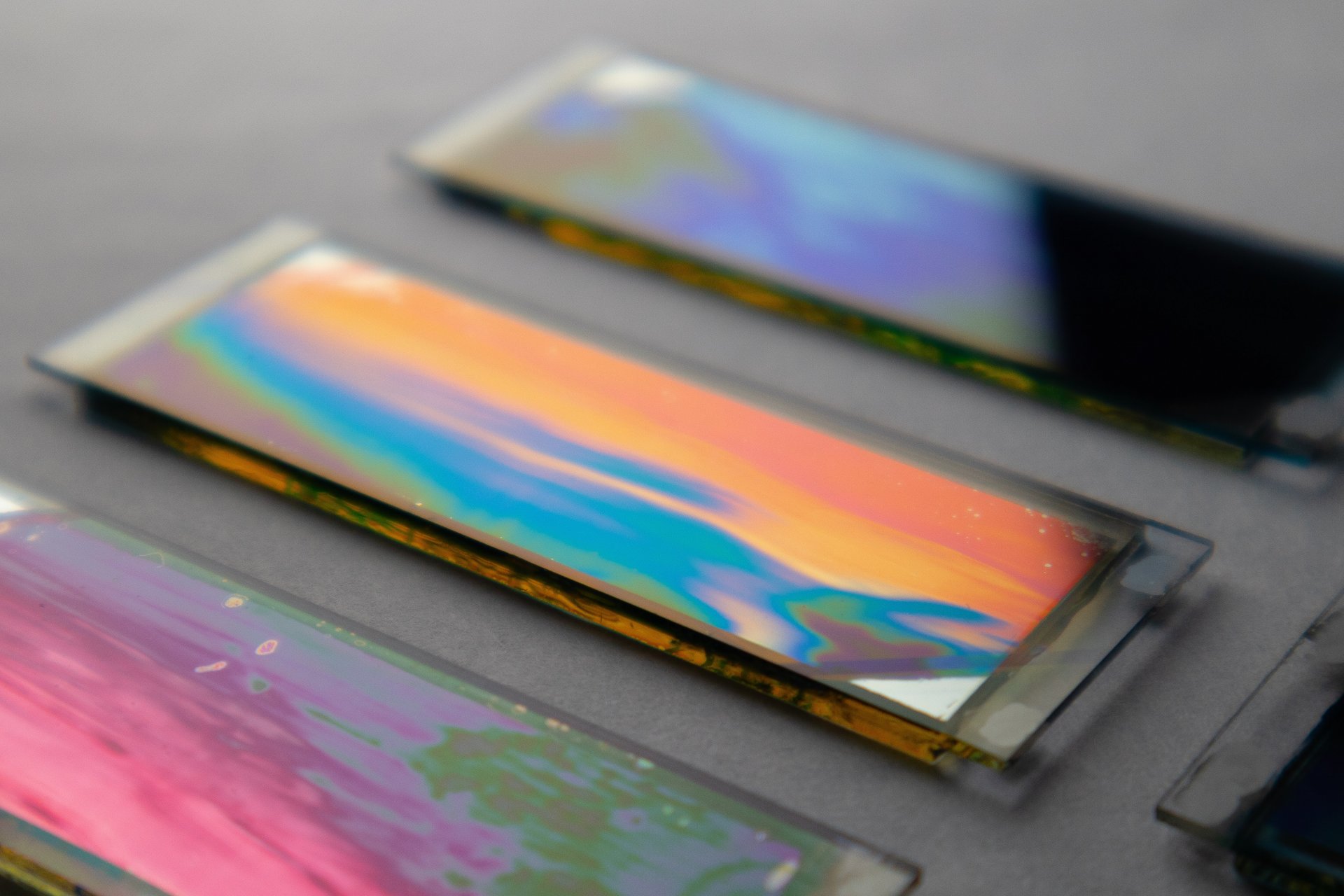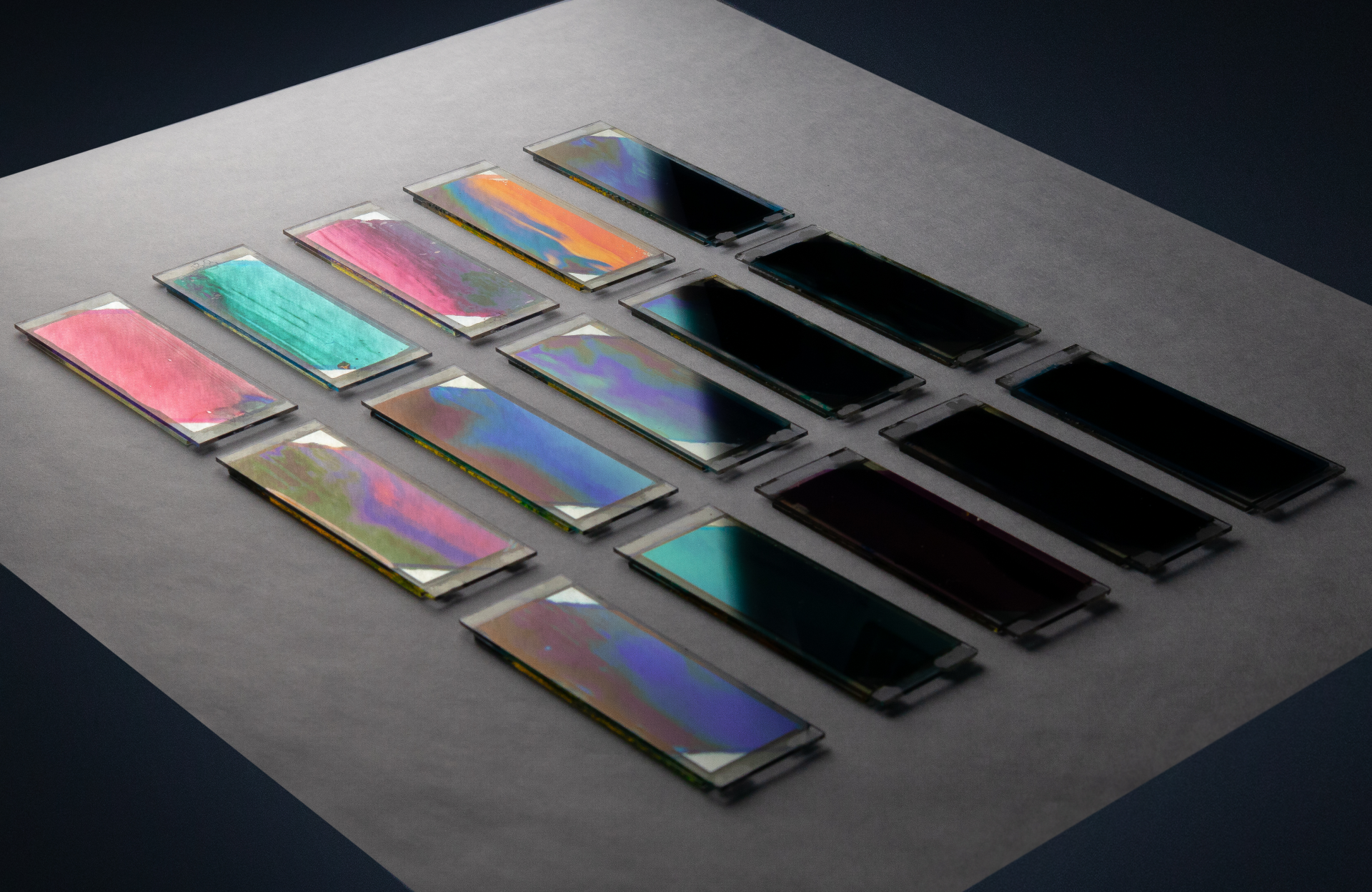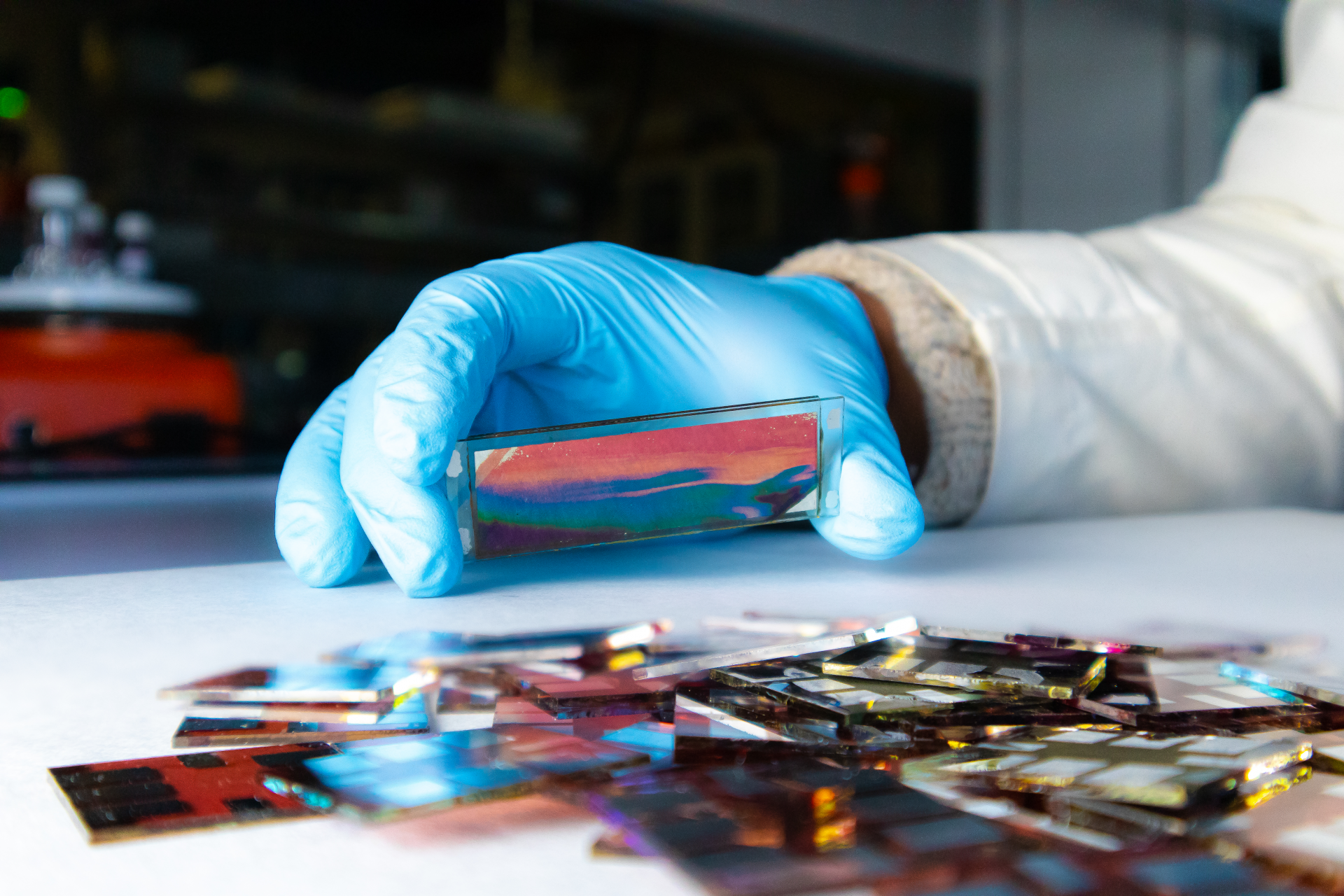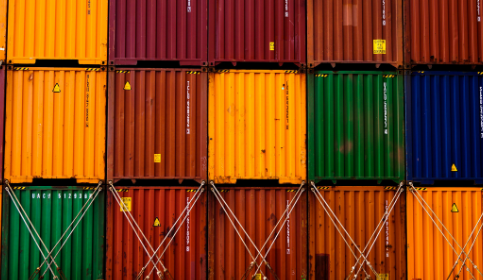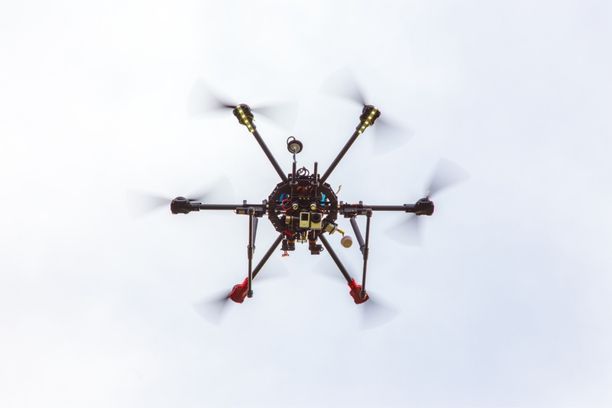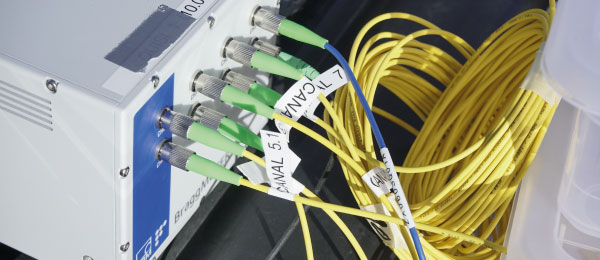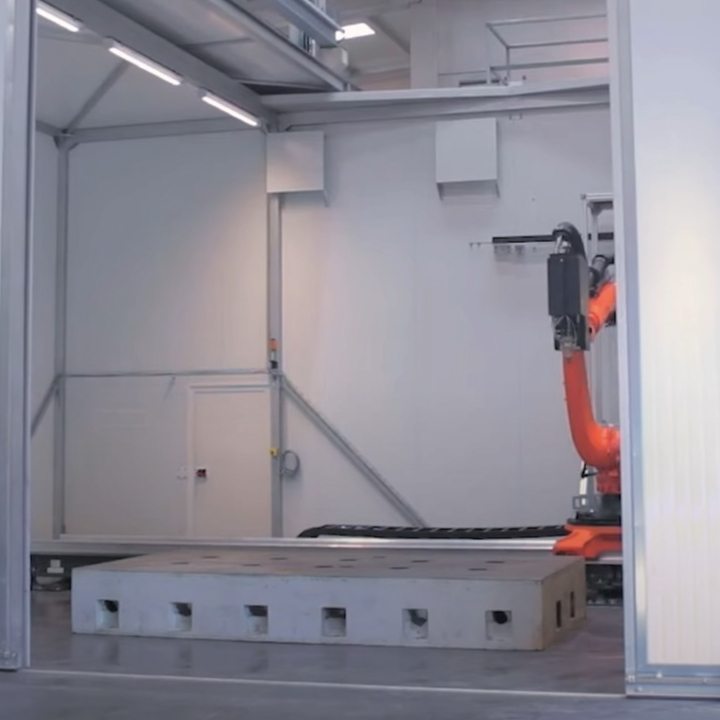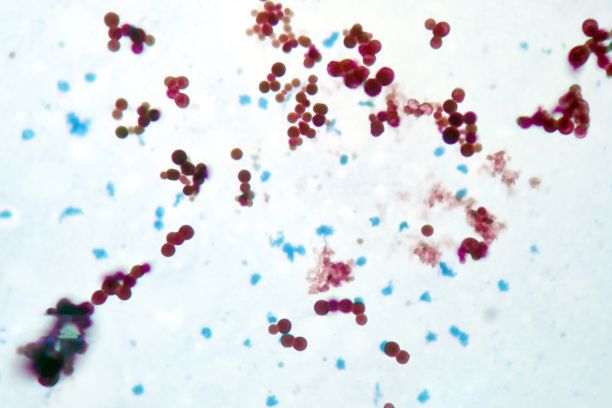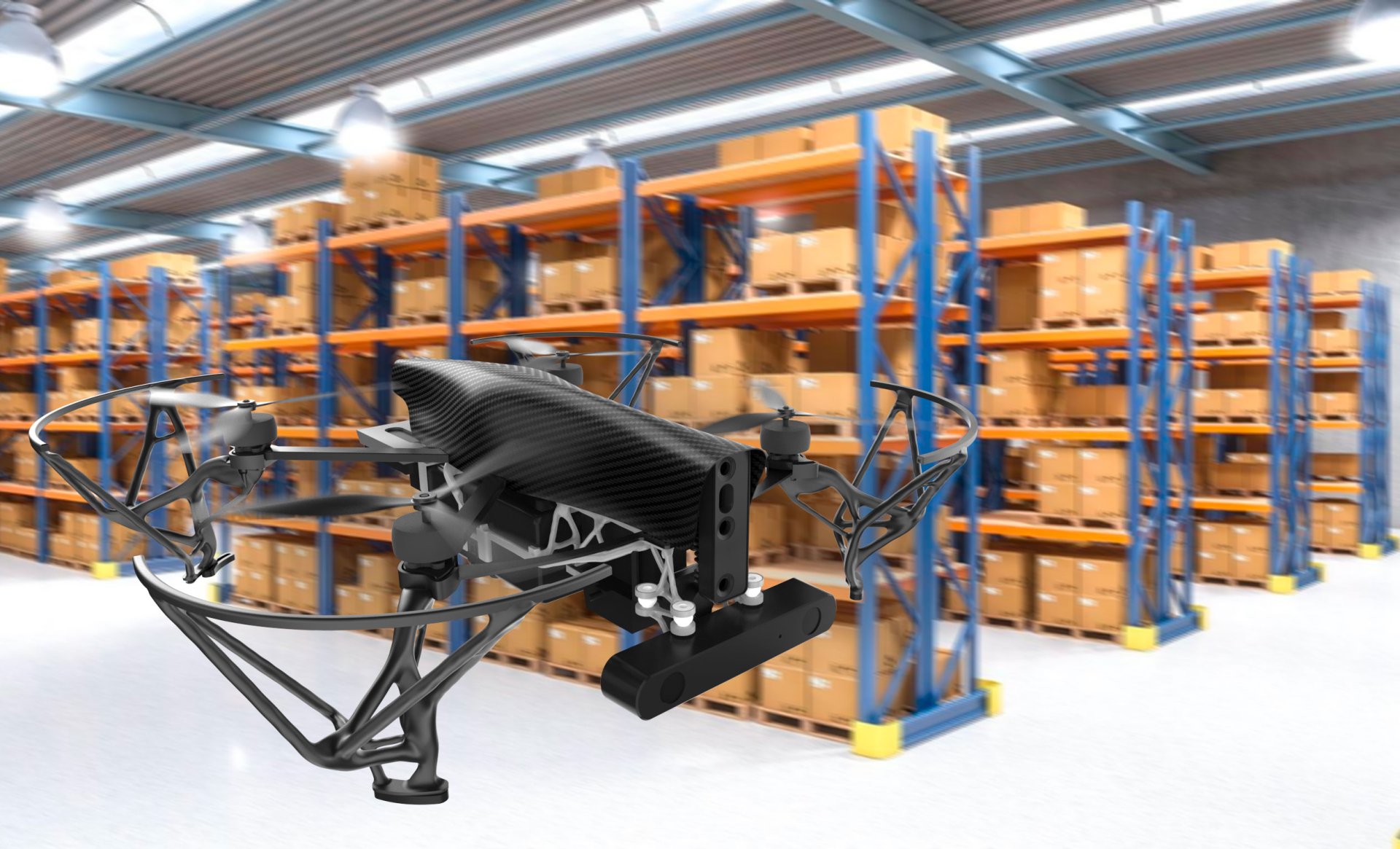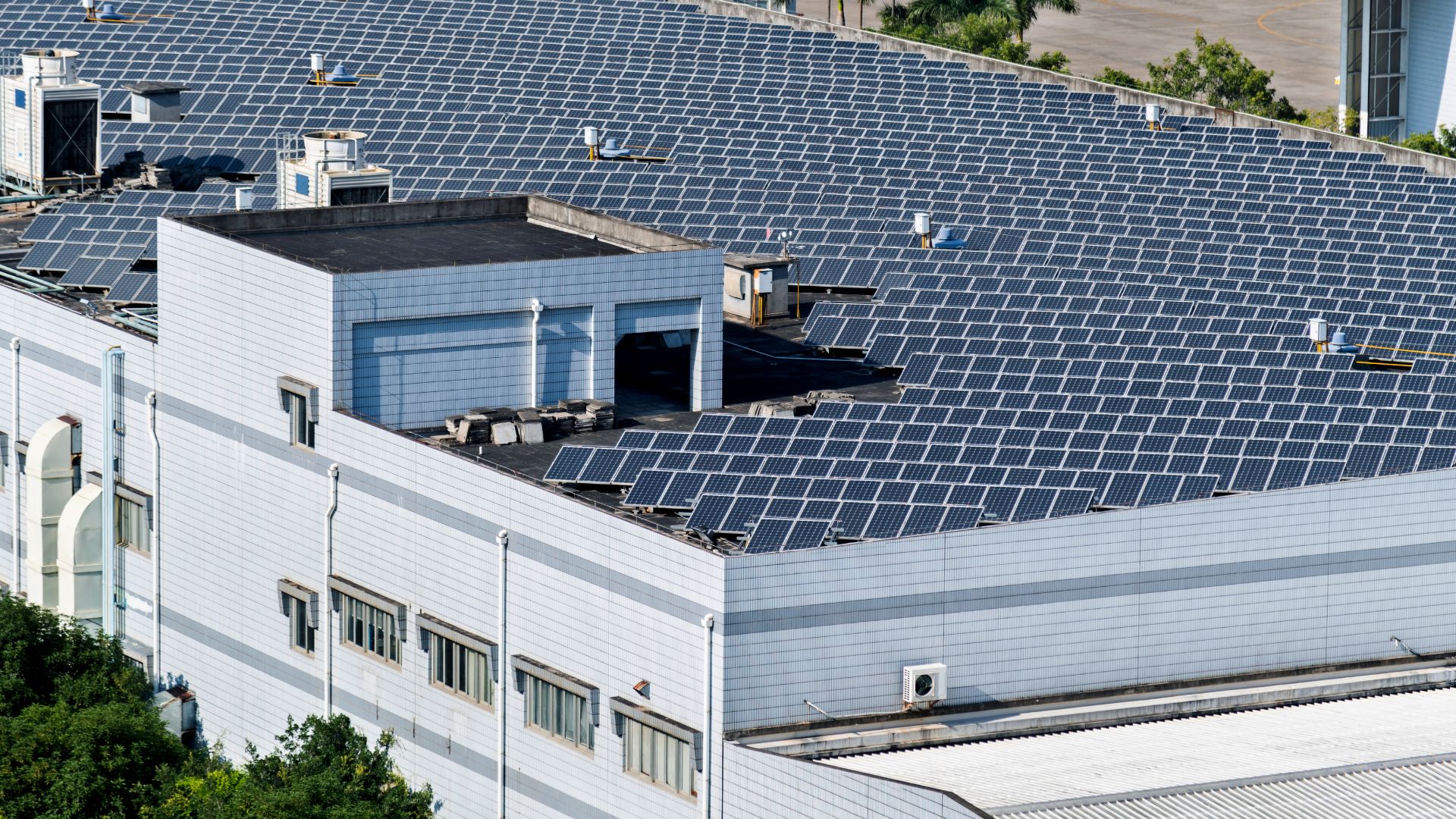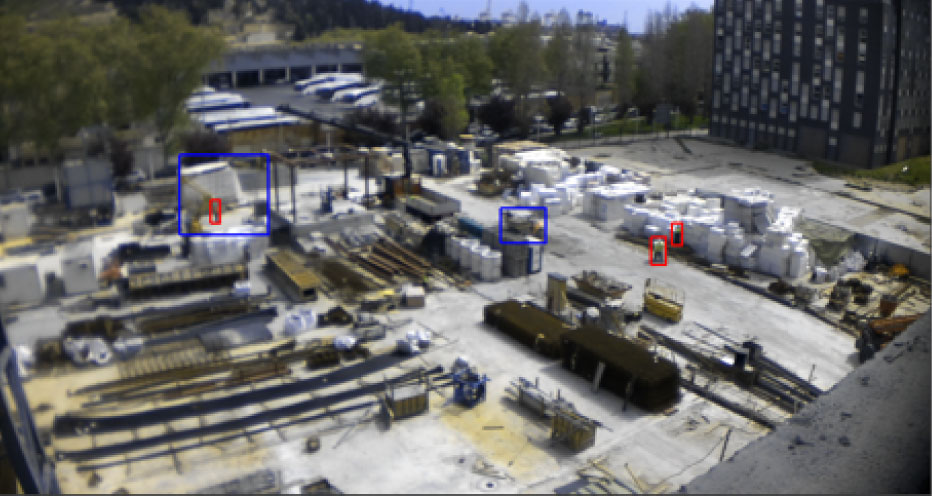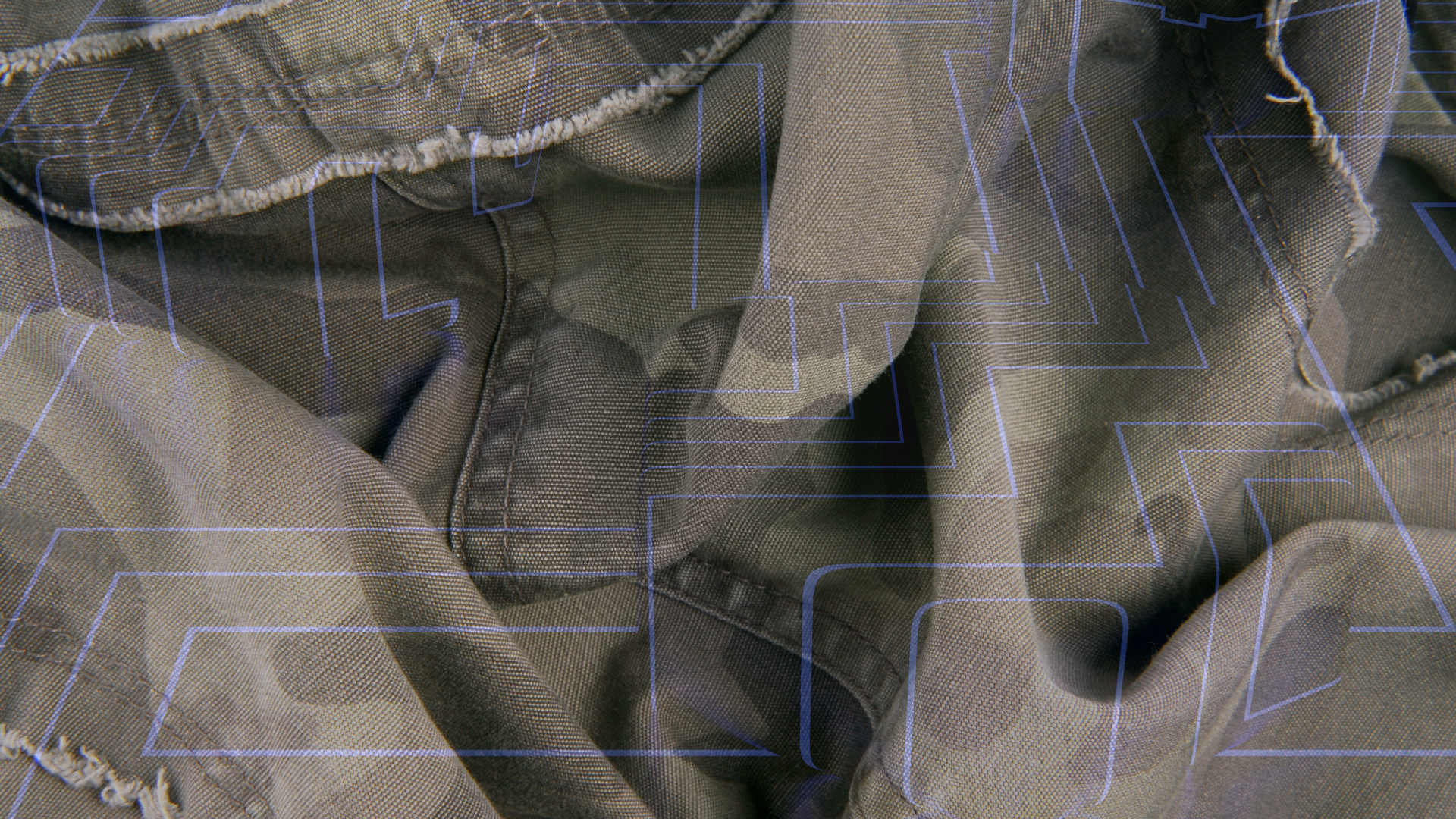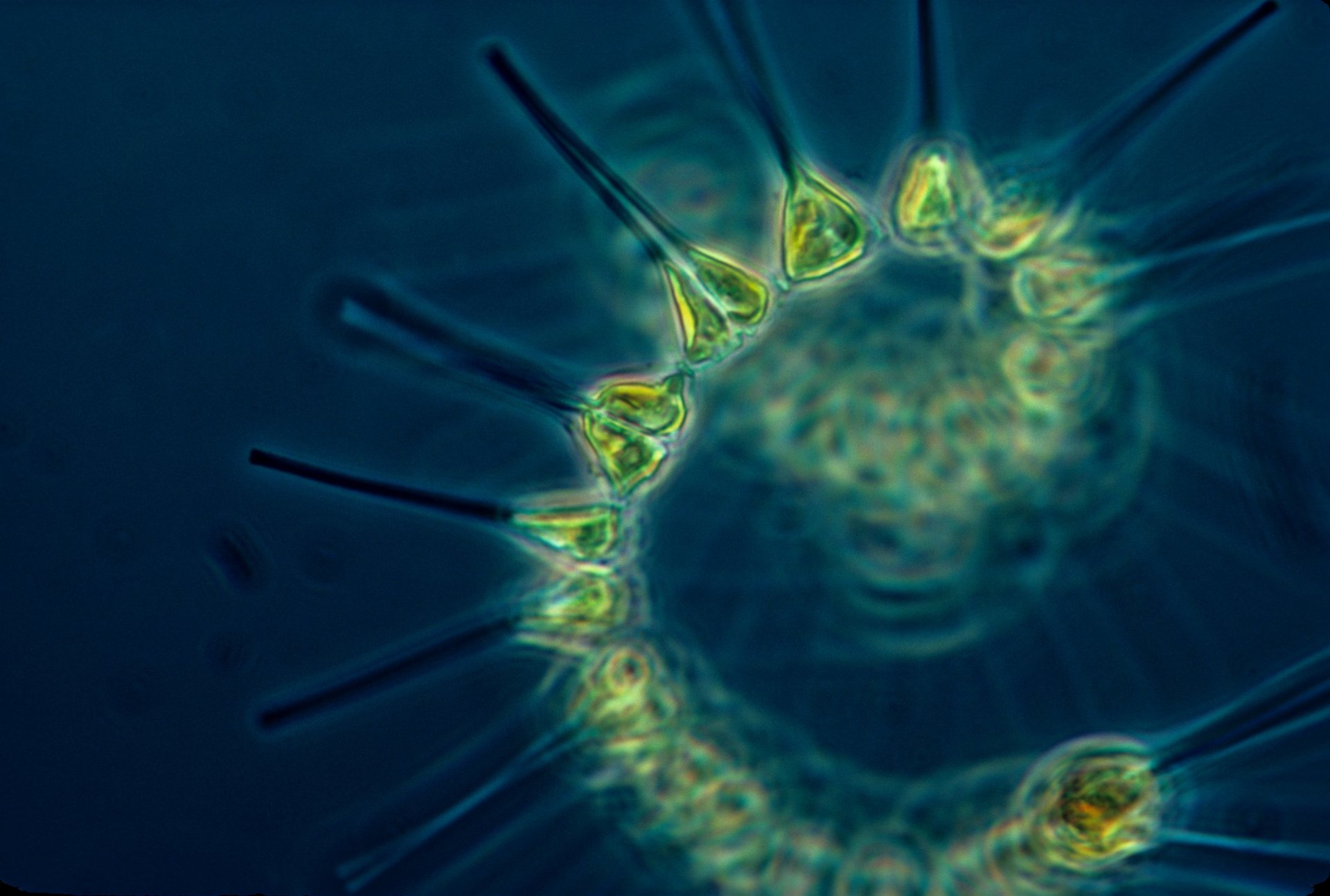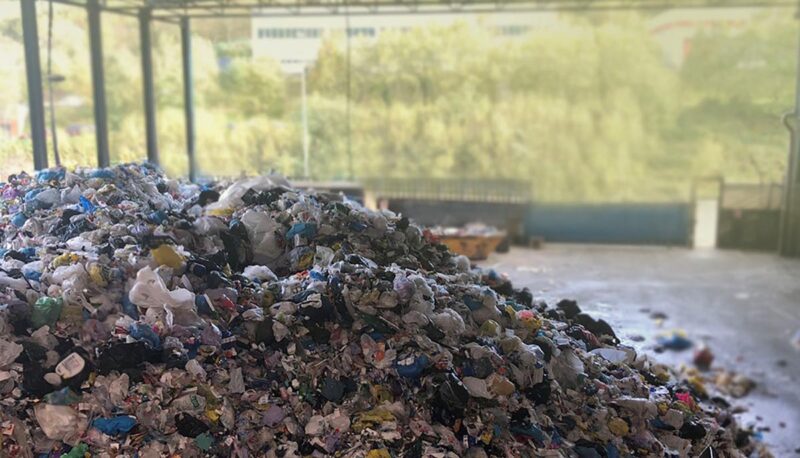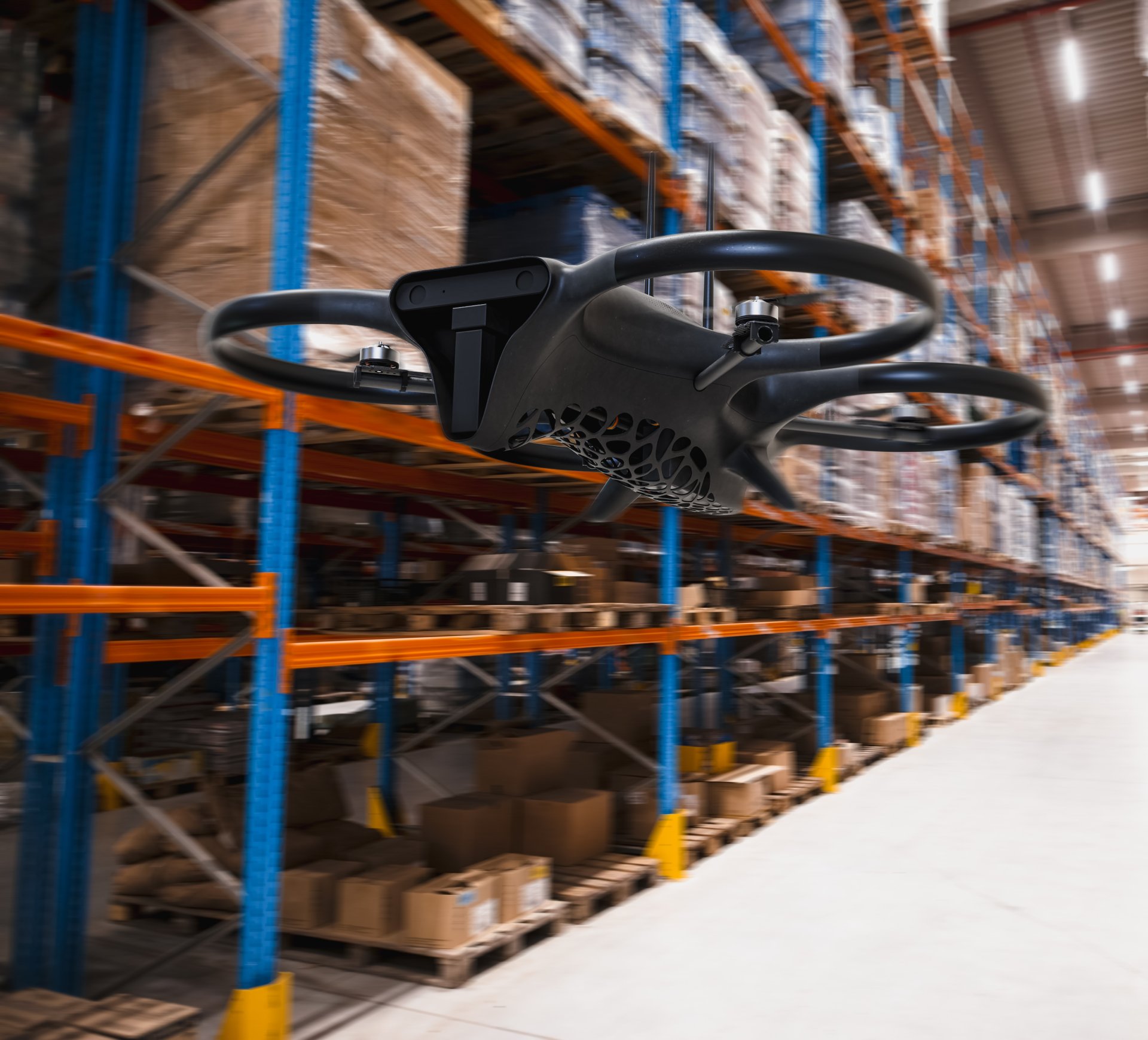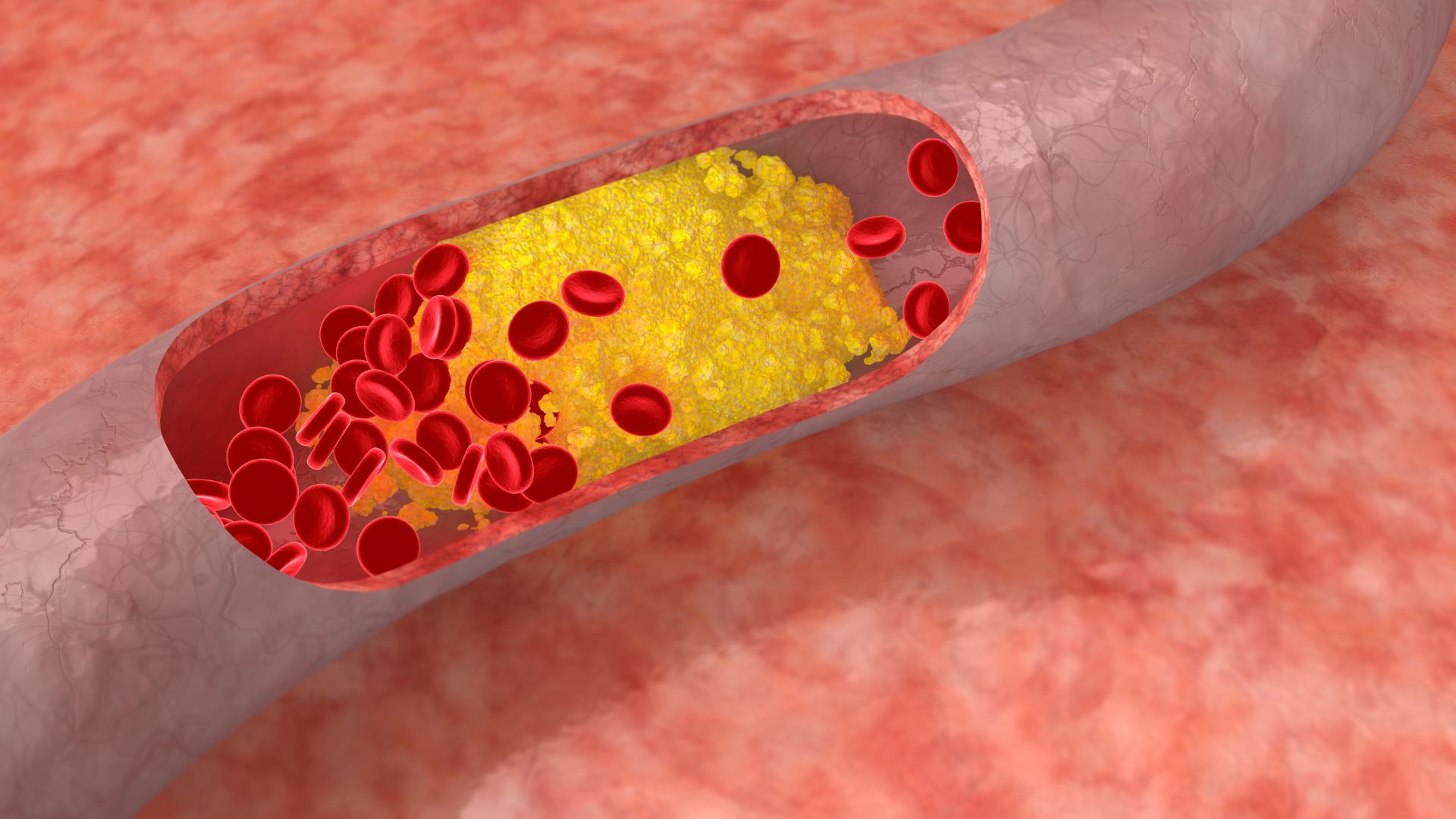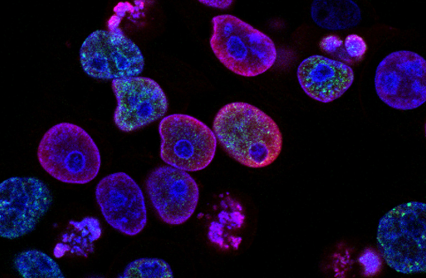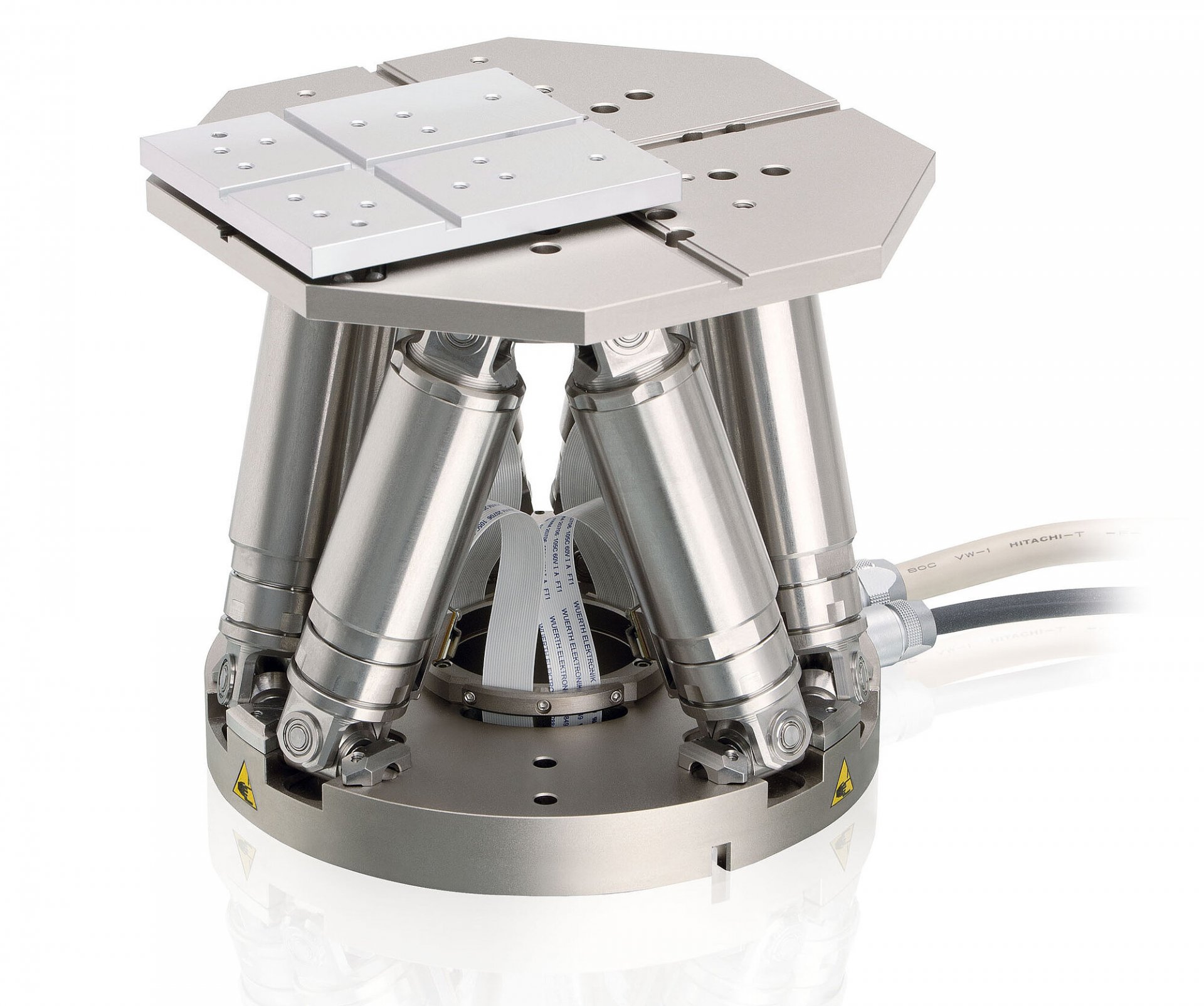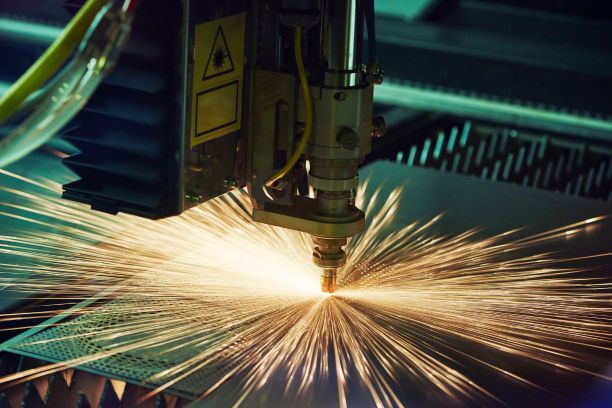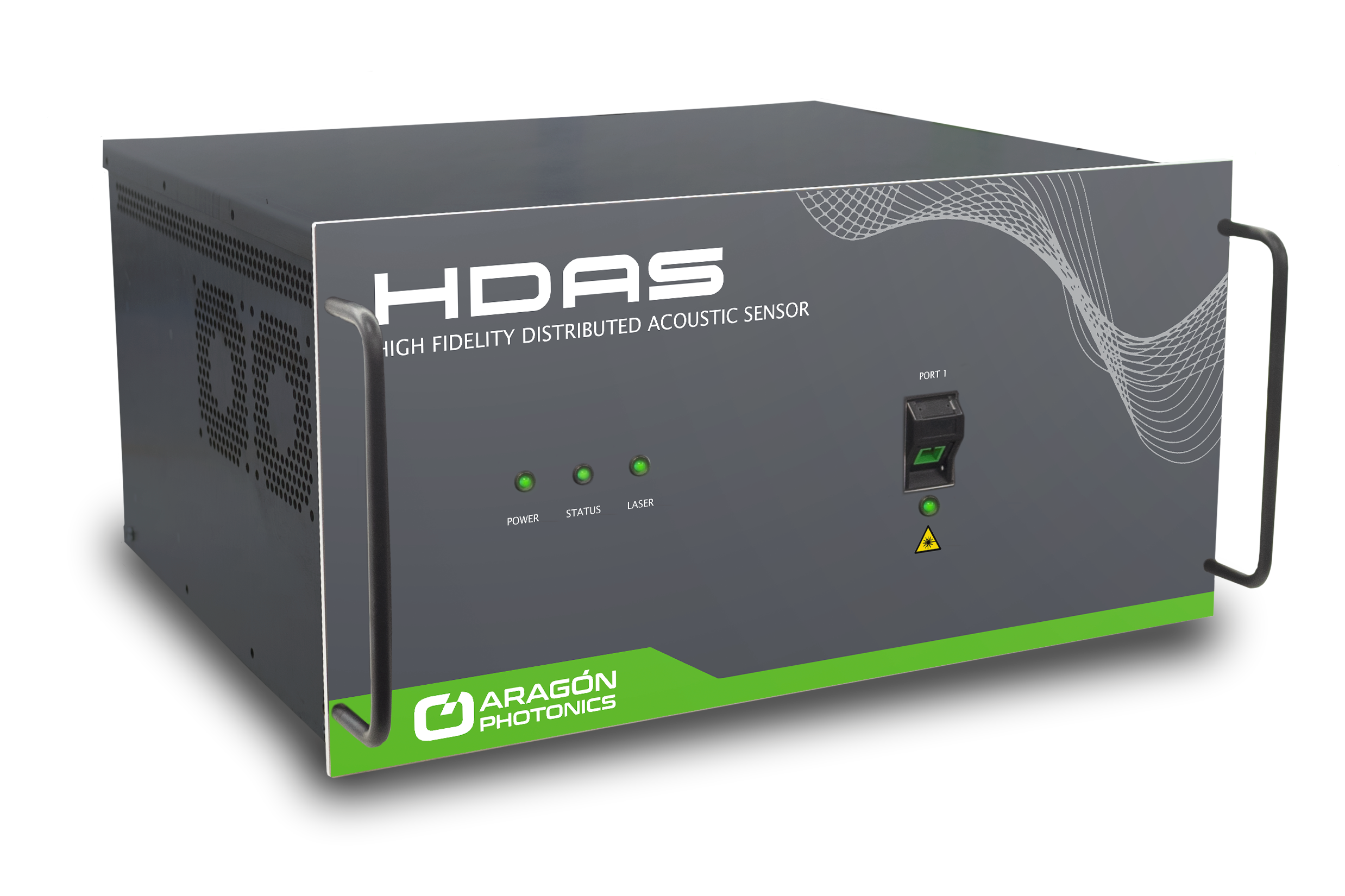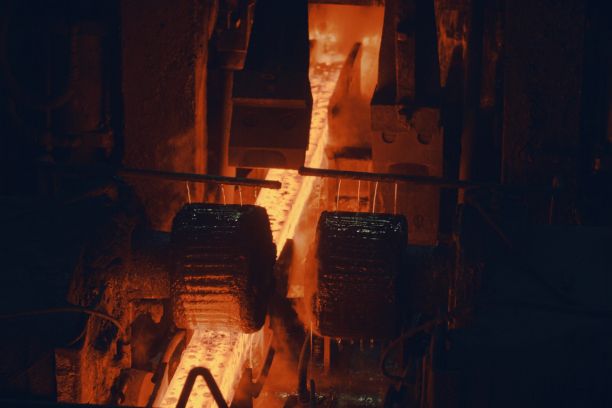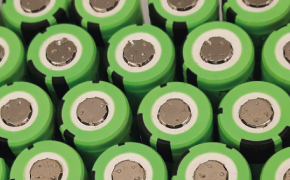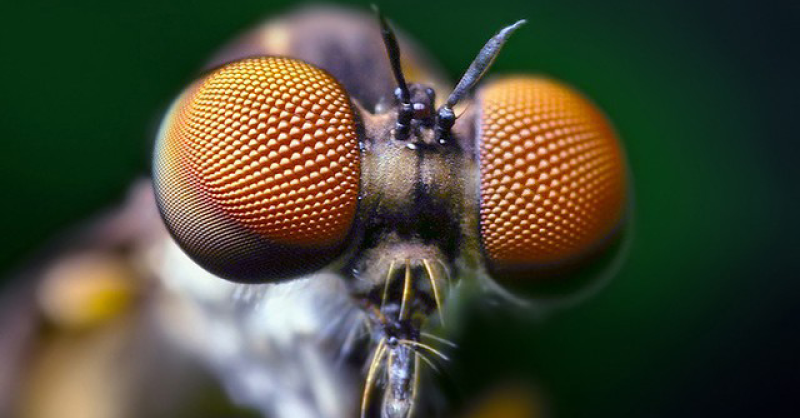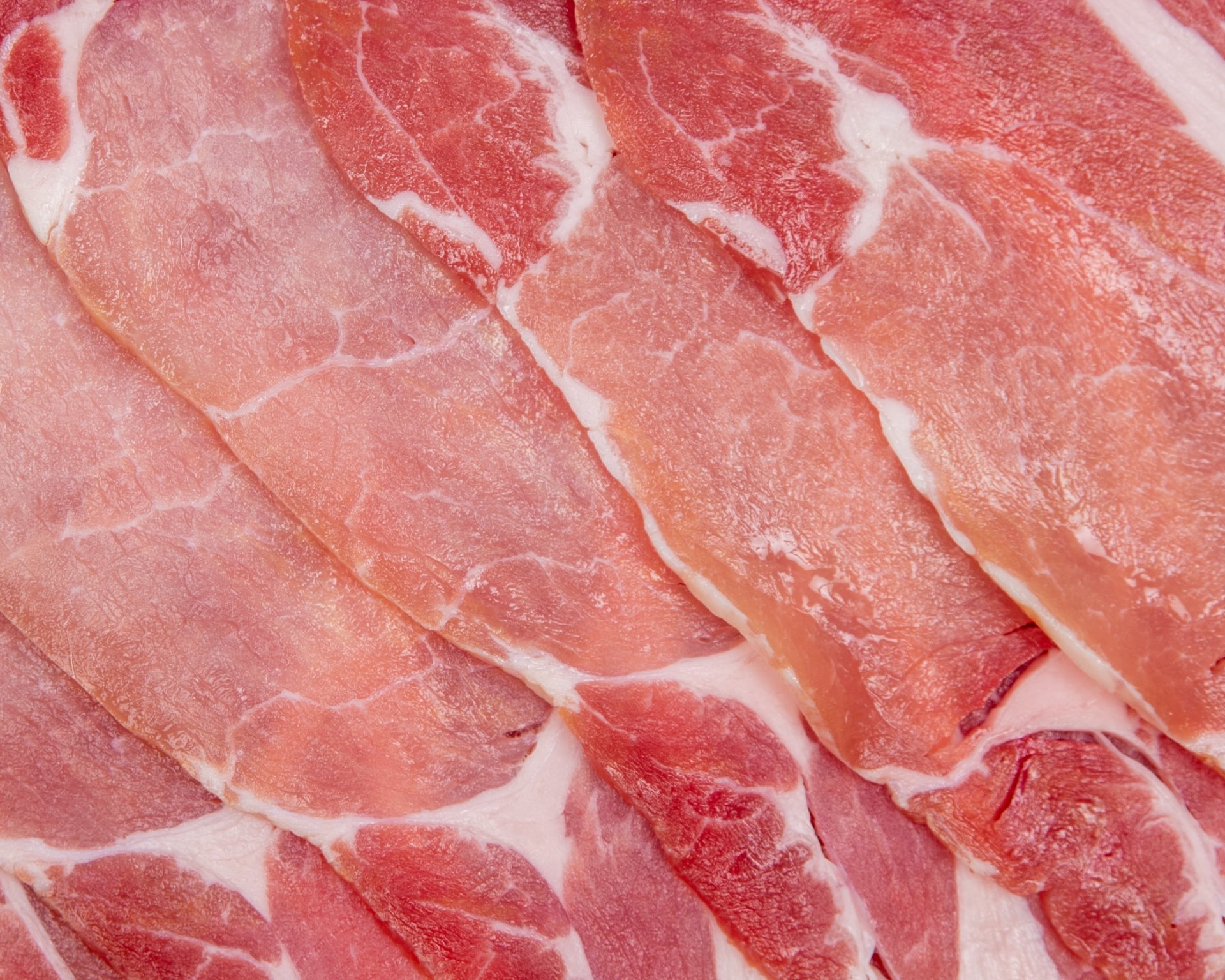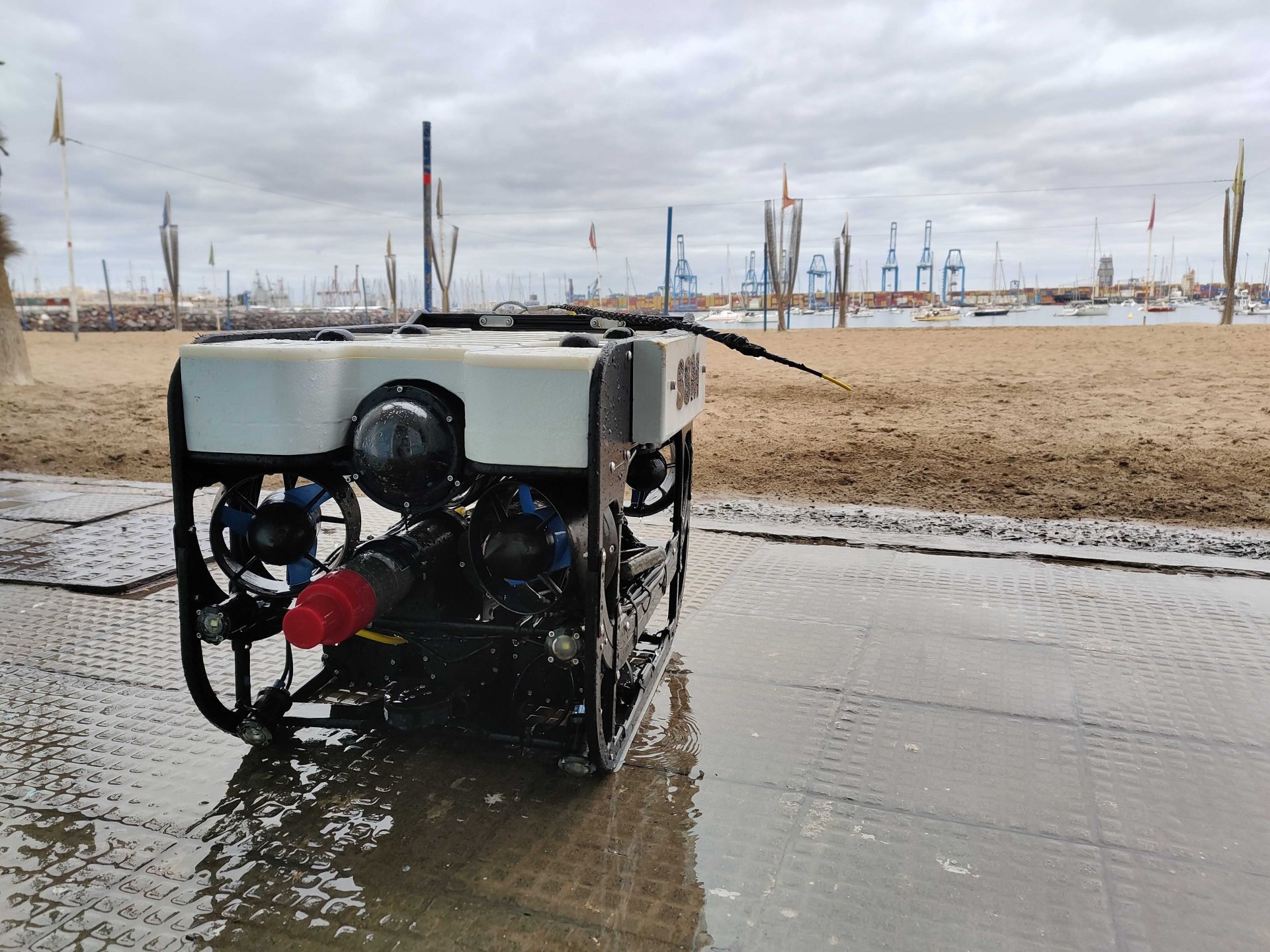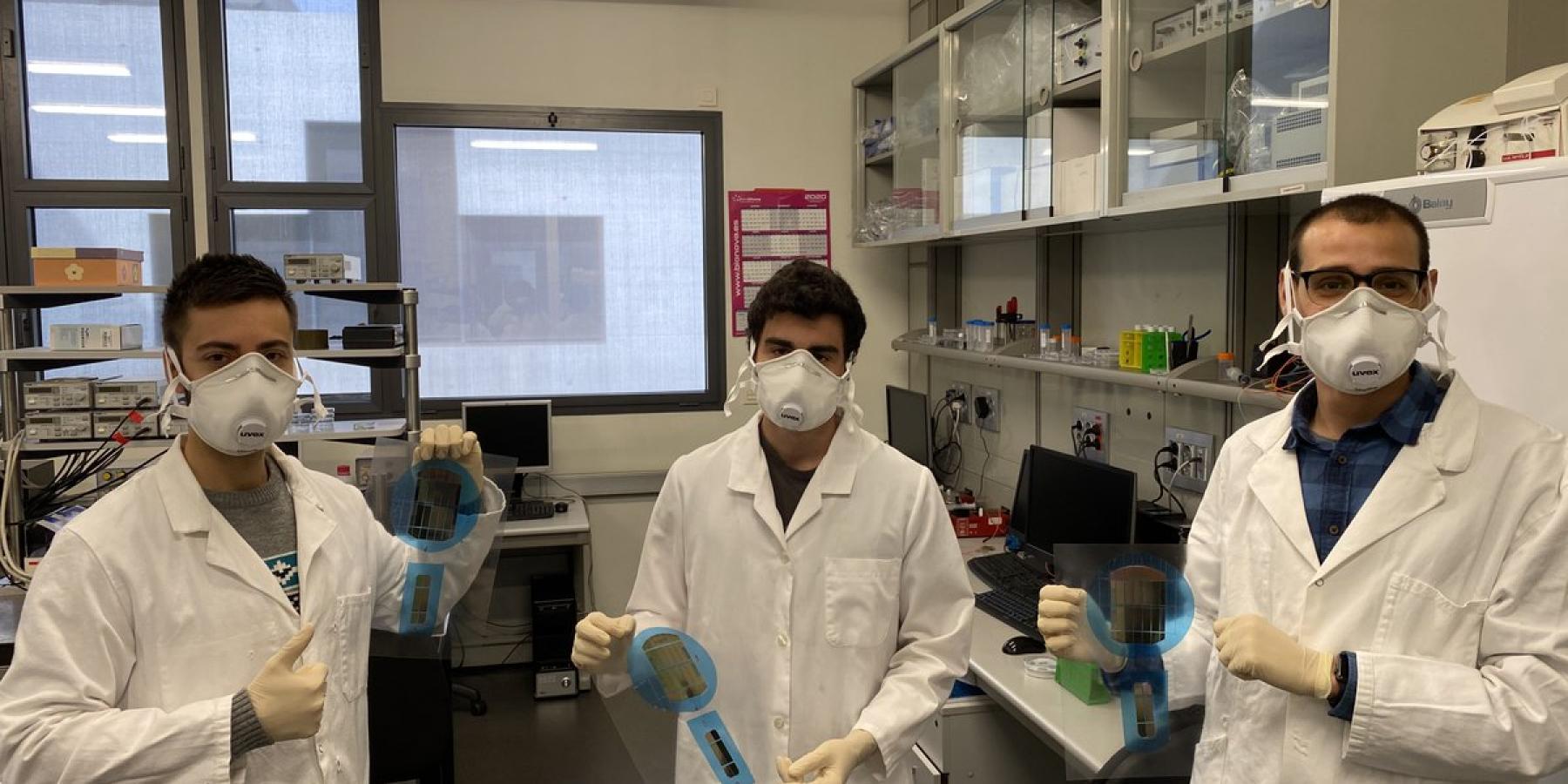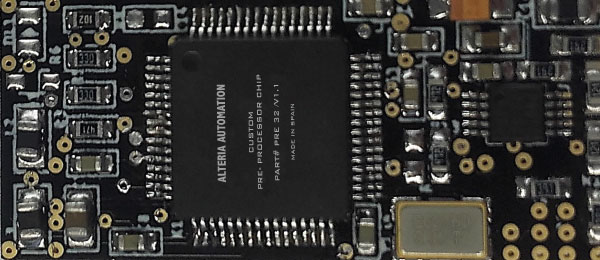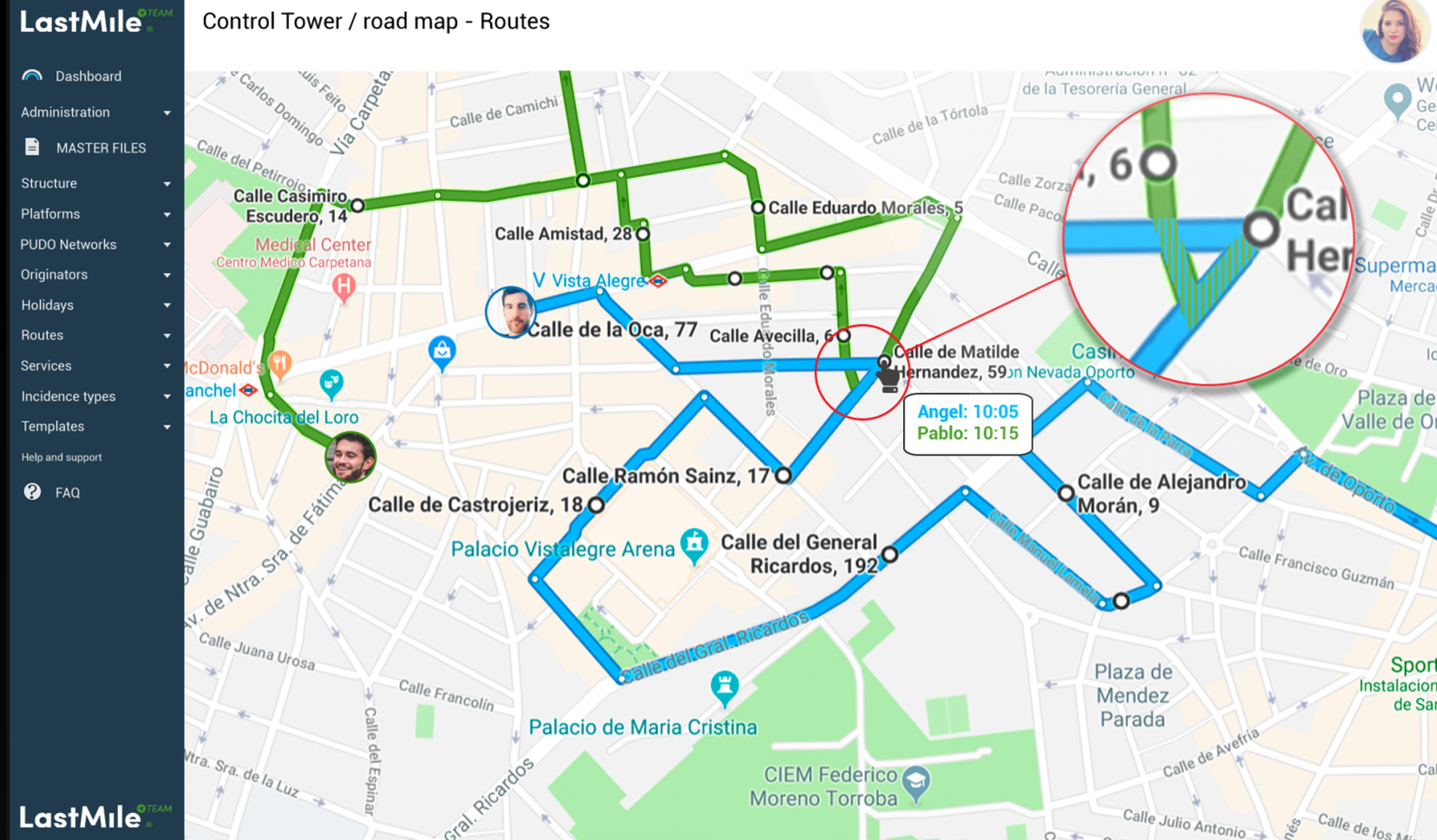AI to predict the performance of organic solar cells
Which is the optimal configuration to build an organic solar cell made from different polymers? Does the active layer need to be very thick, or very thin? Does it need a large or a small amount of each polymer?
Knowing how to predict the specific composition and cell design that would result in optimum performance is one of the greatest unresolved problems in materials science.
researchers from the Institute of Materials Science of Barcelona (ICMAB), specialized on materials for energy applications, have collaborated with researchers from the Universitat Rovira i Virgili specialized in Artificial Intelligence, to combine the experimental data points that they gather with artificial intelligence algorithms and enable an unprecedented predicting capability of the performance of organic solar cells.
Obtaining multiple experimental data points
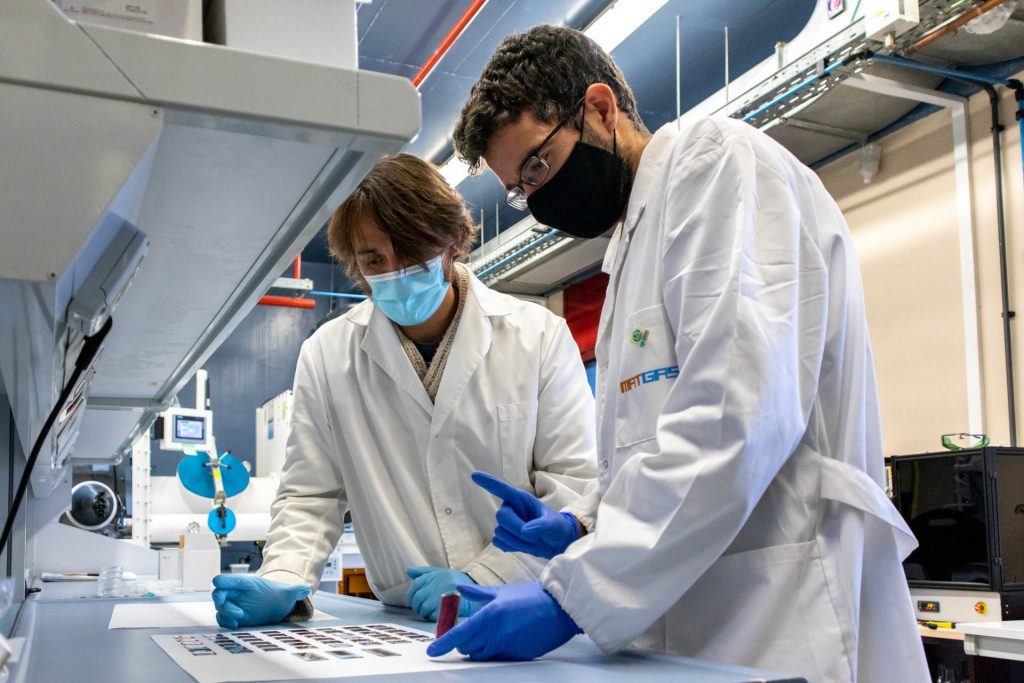
ICMAB researchers, led by Mariano Campoy-Quiles, have generated multiple data sets by using a new experimental method that allows them to have a large number of samples in only one, speeding the time compared to conventional methods. Then, machine-learning models are used to learn from those data sets and predict the performance of even more materials, such as novel organic semiconductors synthesized at the group of Prof. Martin Heeney at Imperial College London.
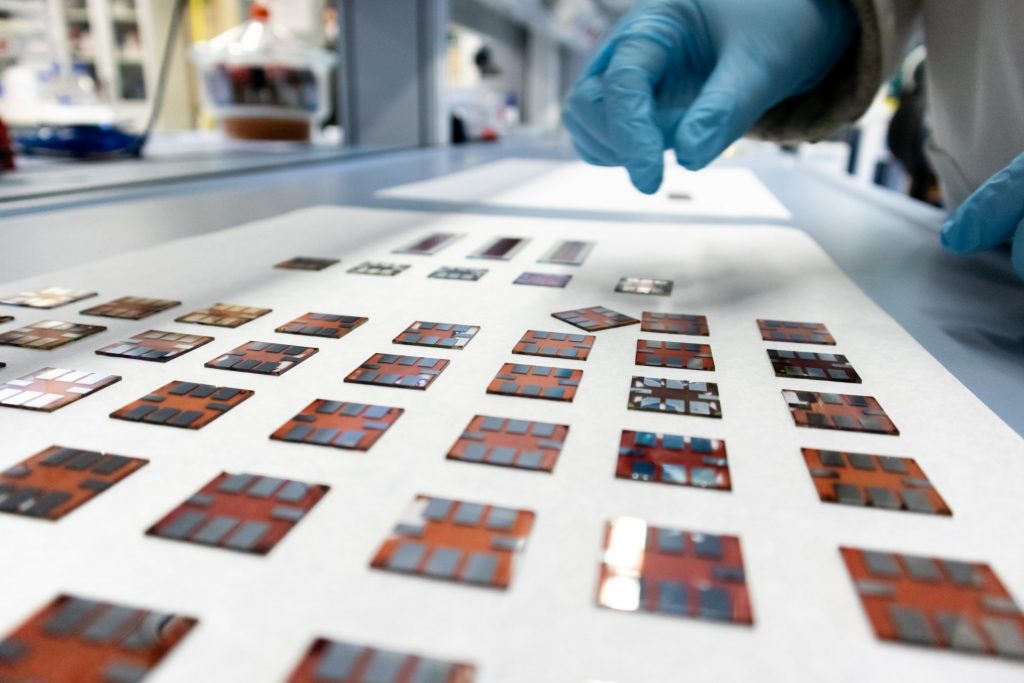
Artificial Intelligence algorithms to predict the behavior
One of the key aspects of this study is that researchers are able to generate big and meaningful datasets at minimal experimental effort. This is an important aspect toward the success of machine-learning modelling in order to obtain accurate and reliable models and predictions.
Researchers use a methodology based on combinatorial screening in which they generate samples with gradients in the parameters that mostly affect the performance of organic solar cells (i.e. composition and thickness).
“Within the broad field of AI, in this work we apply machine-learning, which is a term that gathers all sort of algorithms which confer machines (i.e. computers) the ability to learn from a given set of data, yet not necessarily to take autonomous decisions. Here, we exploit the more statistical vision of AI to draw predictive models from our large experimental datasets” explains Xabier Rodríguez- Martínez, ICMAB researcher and first author of the study.
Artificial intelligence algorithms in the field of materials science are mainly used to look for behavior patterns and to further develop predictive models of the behavior of a family of materials for a given application. To do so, an algorithm is first trained by exposing it to real data to generate a model algorithm. The model is then validated with other data points not used to create the model, but from the same category of materials. Once validated, the algorithm is applied to predict the behavior of other similar materials that are not part of the training nor validating set.


